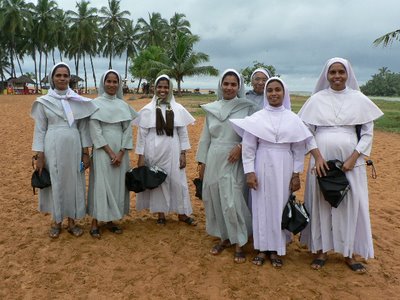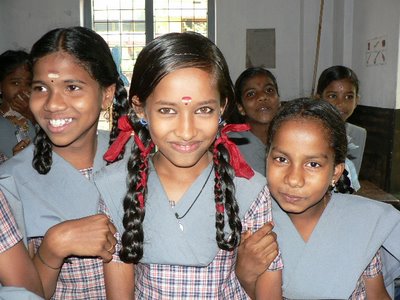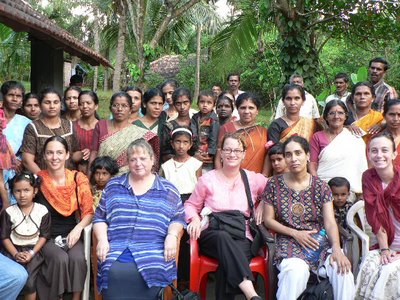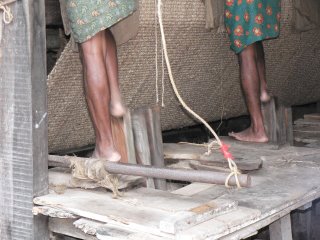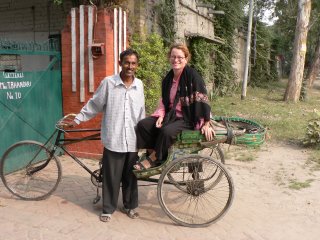Ahh India... I don't even know where to start. Should I describe a typical street scene or the traditional dress or the strong religious culture or the amazing architecture??? What about the noises and smells? Frankly I could write a whole essay about the cows that wander around everywhere. I'm really starting to believe they are holy. They have a way of looking deep into my eyes!
Anyway, you get the idea. My brain here is constantly stimulated which makes it hard to sit back and reflect and then share. Too much to process.
Its funny because I think people think that travelling is a lazy vacation but in truth its hard work to really "see" the world. Every direction I look in is something worth attention and memory. And each place I visit has temples, palaces and forts that have deep history and much to learn about. I try so hard to soak everything in and then really try to process it for myself and to share what I see with all of you. My thoughts come from a combination of books I am reading, local papers and conversations I have with anyone I can find to talk to me.
Right now I am at the Pushkar Camel Fair. Pushkar is located in the Indian state of Rajastan. Its on the edges of the Thar Desert and camels are a main mode of transport. (You've probably seen the camel cart on my blog.) So... once a year nomads bring over 50,000 camels and other livestock (horses and cows) to sell. This little religious pilgrimage town goes from 16,000 to 200,000. Along


